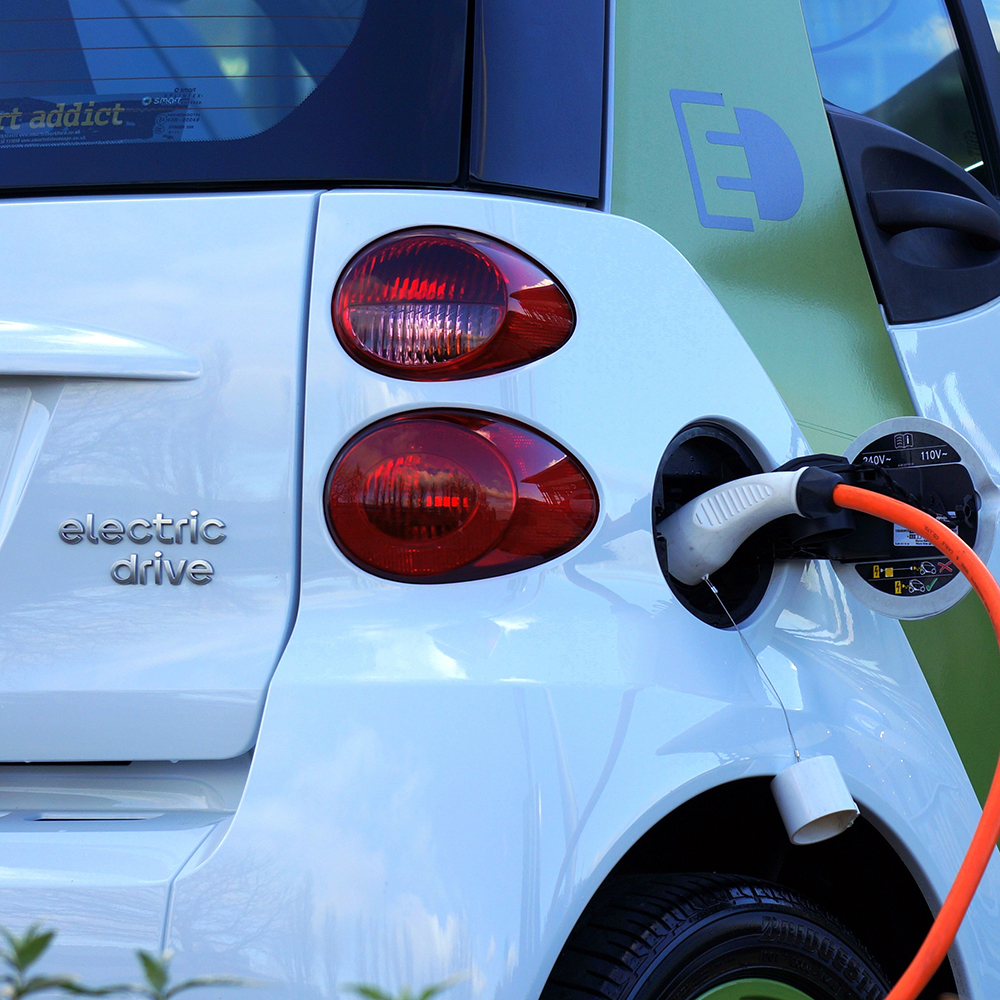A recent Politico article carried a provocative headline – “How California Republicans learned to buck Trump and love electric vehicles.”
The article describes recent moves by legislative Republicans to support more government electric vehicle tax credits and funding for expanding and improving the state’s network of vehicle charging stations.
The musings of the former president notwithstanding, no serious Republican leaders in Sacramento or Washington are trying to discourage people from buying electric vehicles. As the article notes, many even drive them. On the other hand, sales growth is slowing – falling 15.7 percent in California from Q2 to Q4 2023 – perhaps indicative of growing consumer dissatisfaction with EVs.
Free market advocates believe in consumer choice and don’t think the government should dictate the cars people drive. In contrast, Gov. Gavin Newsom and his fellow legislative liberals have been acting as government car salesmen with the state’s forthcoming ban on the sale of gas powered cars by 2035.
However, embracing billions in taxpayer-funded giveaways to wealthy EV purchasers and spending billions more on infrastructure isn’t a recipe for political or economic success in California. In fact, it would be quite the opposite.
Consider that, as PRI’s research has found, 79 percent of taxpayer electric car subsidies are claimed by households making more than $100,000 per year. Electric vehicles are great and may be a smart car buying choice for some, but government shouldn’t be spending people’s hard earned tax dollars to subsidize car buying for upper-income Californians.
On electric vehicle infrastructure, EV drivers naturally expect that there will be a sufficient network of working charging infrastructure to fuel their rides. But government shouldn’t be dictating to electric utilities to spend tens of billions building charging infrastructure or subsidizing home-based charging equipment for the well off. That’s the role of the private sector. And if market demand isn’t sufficient to fund a massive infrastructure, that should be a wake-up call for state government.
What Californians don’t want is to pay massive increases in their electric bills to pay for these government green energy mandates. But that’s exactly what happened at the beginning of the year with PG&E’s most recent rate increase, and that’s what is on the table with a potential 2024 rate increase from San Diego Gas and Electric. Ratepayers are paying – $30 to $35 per month for PG&E customers, with another $2 billion rate increase proposed – to pay for these green mandates.
Keep in mind that Californians already pay one of the nation’s highest energy burdens, thanks in part to green mandates like billions in funding for electric car subsidies and infrastructure. As PRI’s study Zapped! showed, California households pay 56 percent higher for electricity, despite consuming 34 percent less energy per household.
Californians want relief from high energy bills and high cost of living. Many are living in energy poverty – spending more than 10 percent of their household income paying their energy bills. They don’t want to pay more because state lawmakers think they should be driving an electric car.
Remember that California’s electric utilities, especially PG&E, are on track to spend tens of billions of dollars to modernize their electric transmission infrastructure, which currently presents a massive wildfire risk across the state.
As PRI board member Dan Kolkey has written, “diverting utilities’ resources to develop more expensive green energy sources has left [the utilities] without sufficient resources to undertake the necessary, but massive, effort to harden their energy infrastructure.” Forced by Sacramento to spend billions on green mandates and giveaways makes it more likely that ratepayers will have to see even higher rates in the future to pay for costly wildfire prevention efforts.
If free market advocates want to do something about electric vehicles in California, their focus should really be on the looming crash of the state’s power grid when the Newsom administration’s ban on the sale of gas powered cars takes effect. As PRI’s research has documented, California will fall more than 21 percent short daily of the power needed to keep the lights on when this mandate takes effect.
That would be a better focus for legislators of all parties, not more green mandates or taxpayer-funded giveaways that don’t benefit most Californians.
Tim Anaya is the Pacific Research Institute’s vice president of marketing and communications.

